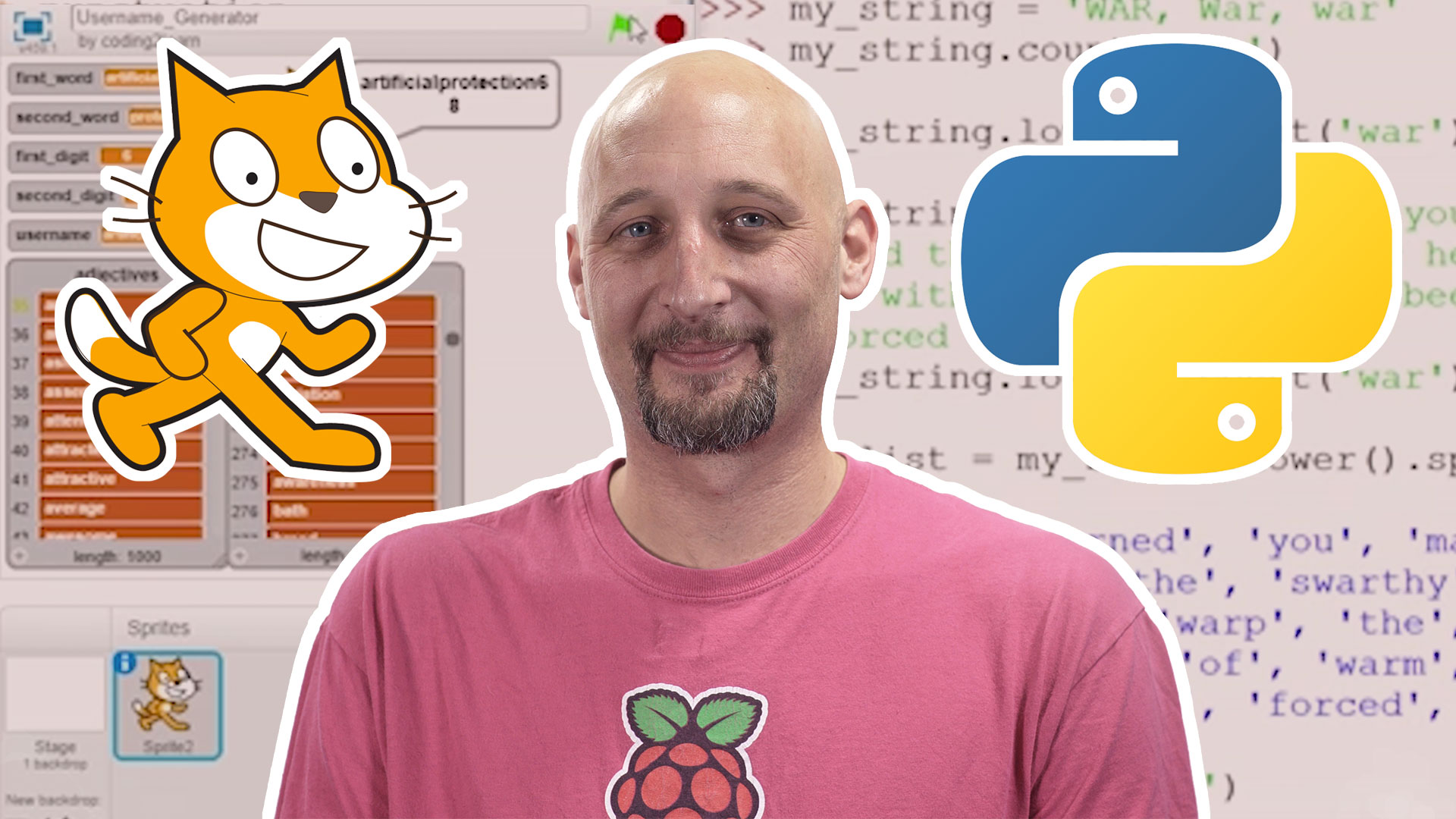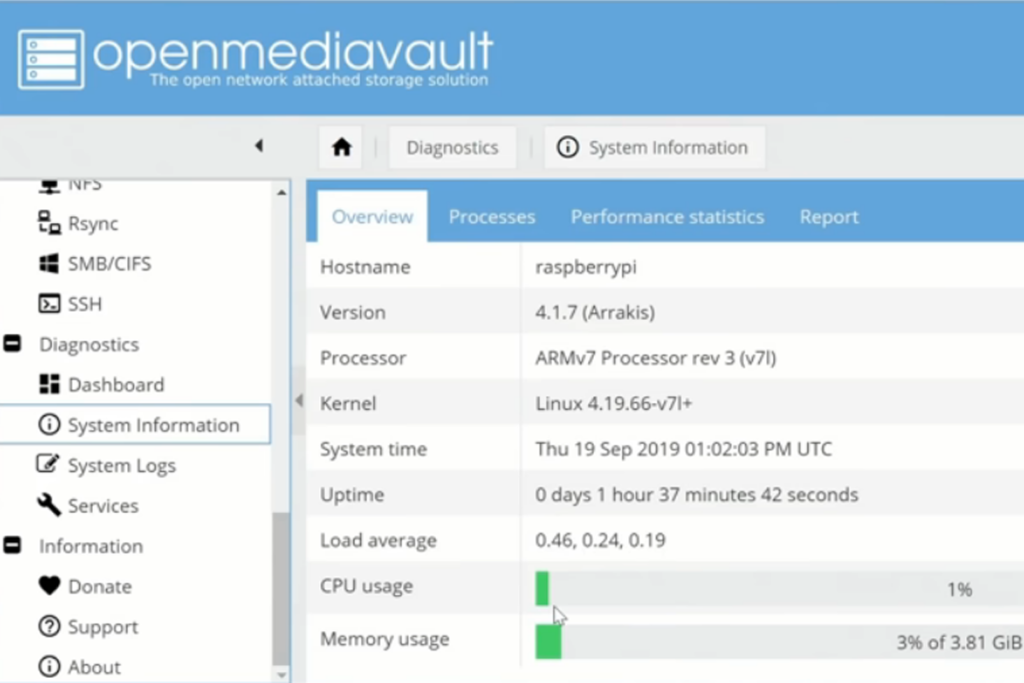Managing Raspberry Pi centrally free has become a critical need for hobbyists, developers, and small businesses alike. As the popularity of Raspberry Pi continues to grow, so does the demand for centralized management solutions that don’t break the bank. Whether you’re running a single device or a small network of Raspberry Pi units, finding the right tools and strategies is essential to ensure efficiency and productivity.
In this article, we’ll explore how you can manage Raspberry Pi centrally free without compromising on functionality. From setting up your devices to leveraging open-source tools and community-driven solutions, you’ll discover practical tips and best practices to streamline your Raspberry Pi management process.
This guide is designed for beginners and advanced users alike, providing detailed insights into the tools, configurations, and strategies that make managing multiple Raspberry Pi devices easier. Let’s dive in!
Read also:The Whitaker Brothers A Legacy Of Talent And Brotherhood
Table of Contents
- Introduction to Centralized Raspberry Pi Management
- Why Centralized Management Matters
- Top Tools for Managing Raspberry Pi Centrally Free
- Setting Up Your Raspberry Pi for Centralized Management
- Using Ansible for Automation
- Managing with Fleet
- Efficient SSH Management
- Monitoring Your Raspberry Pi Network
- Security Best Practices for Centralized Management
- Conclusion and Next Steps
Introduction to Centralized Raspberry Pi Management
As the number of Raspberry Pi devices in your setup grows, managing them individually can quickly become cumbersome. Centralized management offers a solution by allowing you to control multiple devices from a single interface, saving time and effort.
Centralized Raspberry Pi management involves using tools and techniques to streamline tasks such as configuration, updates, and monitoring. By adopting a centralized approach, you can ensure consistency across all your devices while reducing the risk of human error.
In this section, we’ll explore the basics of centralized management and why it’s an essential strategy for anyone working with Raspberry Pi devices.
Why Centralized Management Matters
Centralized management of Raspberry Pi devices provides numerous benefits, including improved efficiency, better resource utilization, and enhanced security. Here are some key reasons why centralized management matters:
- Time-Saving: Automating repetitive tasks such as updates and configuration changes allows you to focus on more critical aspects of your projects.
- Consistency: Ensuring that all devices are configured identically reduces the likelihood of errors and discrepancies.
- Scalability: As your network grows, centralized management makes it easier to add new devices without increasing complexity.
- Security: Centralized management tools often include features that help you monitor and secure your devices more effectively.
By implementing centralized management, you can create a more organized and efficient environment for your Raspberry Pi devices.
Top Tools for Managing Raspberry Pi Centrally Free
Open-Source Solutions
There are several open-source tools available for managing Raspberry Pi devices centrally. These tools are free to use and offer a range of features to suit different needs. Some of the top options include:
Read also:Is Mindy Kaling Married Unveiling The Truth Behind Her Personal Life
- Ansible: A powerful automation tool that allows you to manage multiple devices with ease. Ansible uses a simple YAML-based syntax, making it accessible even for beginners.
- Fleet: Developed by Corellium, Fleet is a lightweight management solution specifically designed for Raspberry Pi devices. It provides an intuitive web interface for monitoring and controlling your devices.
- Raspberry Pi Imager: While primarily used for flashing operating systems onto SD cards, Raspberry Pi Imager also offers features for managing multiple devices.
Community-Driven Tools
Beyond open-source solutions, the Raspberry Pi community has developed various tools and scripts to facilitate centralized management. These tools often focus on specific use cases, such as home automation or IoT projects.
For example, Home Assistant is a popular choice for managing IoT devices, including Raspberry Pi units. It offers a centralized dashboard for controlling smart home devices and automating tasks.
Setting Up Your Raspberry Pi for Centralized Management
Before you can manage your Raspberry Pi devices centrally, you need to ensure they are properly configured. Here’s a step-by-step guide to setting up your devices:
- Install an Operating System: Choose a lightweight operating system like Raspberry Pi OS Lite or Ubuntu Server for your devices.
- Enable SSH: Secure Shell (SSH) allows you to remotely access and manage your devices. Enable SSH during the initial setup or through the Raspberry Pi Configuration tool.
- Set Up Static IP Addresses: Assign static IP addresses to your devices to ensure consistent connectivity.
- Configure Network Settings: Ensure all devices are connected to the same network for seamless communication.
By following these steps, you can create a solid foundation for centralized management.
Using Ansible for Automation
What is Ansible?
Ansible is an automation tool that simplifies the process of managing multiple devices. It uses playbooks, written in YAML, to define tasks and configurations. Ansible is agentless, meaning it doesn’t require software to be installed on the target devices, making it ideal for Raspberry Pi management.
Getting Started with Ansible
To use Ansible for managing Raspberry Pi devices, follow these steps:
- Install Ansible: Install Ansible on your control machine using your package manager (e.g., `sudo apt install ansible` for Ubuntu).
- Create an Inventory File: Define your Raspberry Pi devices in an inventory file, specifying their IP addresses and credentials.
- Write Playbooks: Create YAML playbooks to automate tasks such as software installation, configuration changes, and updates.
- Run Playbooks: Execute your playbooks using the `ansible-playbook` command to apply changes to your devices.
With Ansible, you can automate virtually any task, saving time and ensuring consistency across your devices.
Managing with Fleet
What is Fleet?
Fleet is a lightweight management solution specifically designed for Raspberry Pi devices. It provides a web-based interface for monitoring and controlling your devices, making it easy to manage them centrally.
Setting Up Fleet
To get started with Fleet, follow these steps:
- Install Fleet: Download the Fleet binary from the official GitHub repository and install it on your control machine.
- Register Devices: Add your Raspberry Pi devices to Fleet by following the registration instructions provided in the documentation.
- Access the Web Interface: Open the Fleet web interface in your browser to view and manage your devices.
Fleet’s intuitive interface makes it an excellent choice for users who prefer a graphical approach to device management.
Efficient SSH Management
Secure Shell (SSH) is a fundamental tool for managing Raspberry Pi devices remotely. While SSH can be used individually for each device, there are ways to streamline the process for centralized management:
- Use SSH Keys: Configure SSH key-based authentication to eliminate the need for passwords and improve security.
- Batch Commands: Use tools like `ssh` and `scp` in combination with shell scripts to execute commands or transfer files across multiple devices simultaneously.
- SSH Config File: Create an SSH config file to store connection details for your devices, simplifying the process of connecting to them.
By optimizing your SSH setup, you can manage your Raspberry Pi devices more efficiently.
Monitoring Your Raspberry Pi Network
Why Monitoring Matters
Monitoring your Raspberry Pi network is crucial for ensuring that all devices are functioning correctly. By keeping an eye on key metrics such as CPU usage, memory utilization, and network activity, you can quickly identify and address potential issues.
Tools for Monitoring
Several tools are available for monitoring Raspberry Pi devices:
- Grafana: A popular open-source tool for creating dashboards to visualize data from various sources, including Raspberry Pi devices.
- Prometheus: A powerful monitoring and alerting toolkit that can be used to collect metrics from your devices.
- Netdata: A real-time monitoring tool that provides detailed insights into system performance.
By integrating these tools into your setup, you can gain a comprehensive view of your Raspberry Pi network.
Security Best Practices for Centralized Management
When managing Raspberry Pi devices centrally, security should always be a top priority. Here are some best practices to keep your devices safe:
- Regular Updates: Keep your operating systems and software up to date to protect against vulnerabilities.
- Firewall Configuration: Use a firewall to control incoming and outgoing traffic, reducing the risk of unauthorized access.
- Strong Passwords: Use strong, unique passwords for all devices and enable two-factor authentication wherever possible.
- Network Segmentation: Isolate your Raspberry Pi devices on a separate network to minimize the impact of potential breaches.
Implementing these security measures will help ensure the safety and integrity of your Raspberry Pi network.
Conclusion and Next Steps
In this article, we’ve explored how to manage Raspberry Pi centrally free using a variety of tools and techniques. From setting up your devices to leveraging automation tools like Ansible and Fleet, you now have the knowledge and resources to streamline your Raspberry Pi management process.
Remember, centralized management is not just about convenience—it’s about creating a more efficient, consistent, and secure environment for your devices. By following the best practices outlined in this guide, you can achieve these goals without incurring additional costs.
We encourage you to share your thoughts and experiences in the comments below. Have you tried any of the tools mentioned in this article? What challenges have you faced when managing multiple Raspberry Pi devices? Let’s continue the conversation and learn from each other!
For more insights into Raspberry Pi management and other tech topics, explore our other articles on the site. Happy managing!


